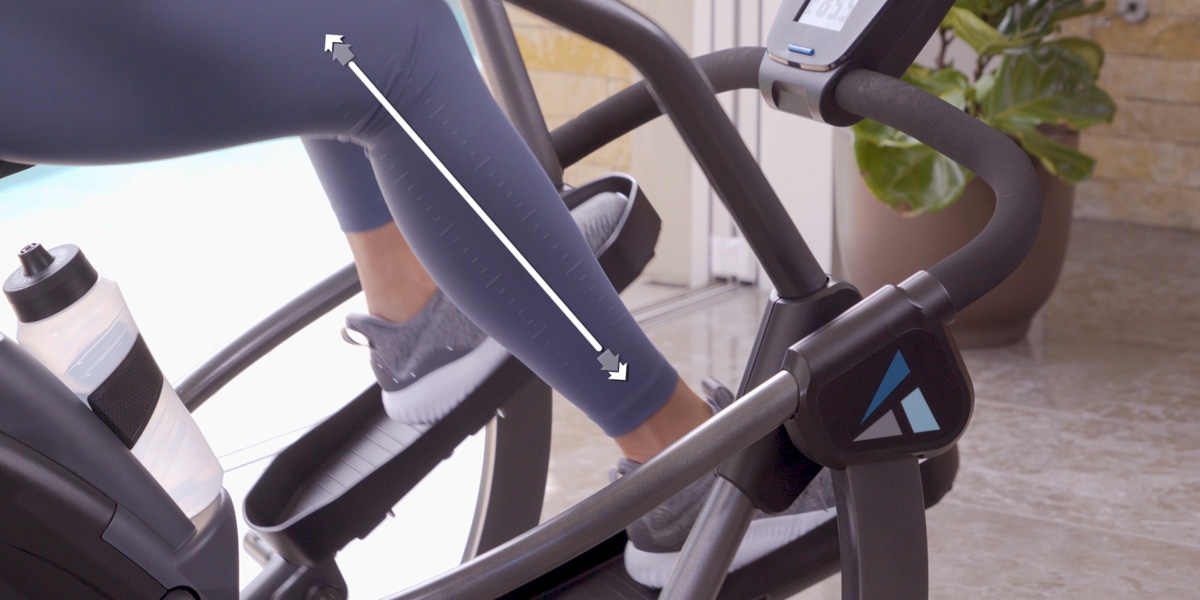From Injury to Independence: The Role of Rehabilitation Equipment in Patient Care
Rehabilitation equipment plays a crucial role in helping individuals recover from injuries, surgeries, and medical conditions that affect their mobility, strength, and independence. From simple aids for daily living to advanced assistive devices and therapeutic equipment, rehabilitation equipment is designed to improve patients’ functional abilities and quality of life. In this comprehensive guide, we’ll explore the importance of rehabilitation equipment in patient care, the different types of equipment available, and how they help individuals regain independence and mobility.
Understanding Rehabilitation Equipment
Rehabilitation equipment encompasses a wide range of devices, tools, and aids designed to assist individuals in regaining mobility, strength, and independence following an injury, surgery, or medical condition. Rehabilitation equipment is used in various settings, including hospitals, clinics, rehabilitation centers, and home care settings, to help patients recover and regain functional abilities. Some common types of rehabilitation equipment include:
1. Mobility Aids:
- Crutches: Crutches provide support and stability to individuals with leg injuries or disabilities, allowing them to walk while keeping weight off the injured limb.
- Walkers: Walkers are stable, four-legged frames that provide support and stability to individuals with balance or mobility issues. They are often used by elderly individuals or those recovering from surgery.
- Canes: Canes provide support and stability to individuals with mild balance or mobility issues. They are often used by individuals with arthritis or minor injuries.
2. Assistive Devices:
- Wheelchairs: Wheelchairs provide mobility and independence to individuals with mobility impairments or disabilities. Manual wheelchairs are propelled by the user, while power wheelchairs are powered by batteries.
- Scooters: Mobility scooters are electrically powered devices that provide mobility and independence to individuals with mobility impairments or disabilities. They are ideal for outdoor use and long distances.
3. Therapeutic Equipment:
- Exercise Equipment: Exercise equipment such as stationary bikes, treadmills, and resistance machines are used for physical therapy and rehabilitation to improve strength, flexibility, and cardiovascular fitness.
- Therapeutic Ultrasound: Therapeutic ultrasound uses high-frequency sound waves to generate heat and promote healing in injured muscles and tissues.
- Electrical Stimulation Devices: Electrical stimulation devices use electrical impulses to stimulate muscles and nerves, helping improve muscle strength, circulation, and function.
4. Daily Living Aids:
- Grab Bars: Grab bars are installed in bathrooms and other areas to provide support and stability to individuals with mobility issues, helping prevent falls and injuries.
- Raised Toilet Seats: Raised toilet seats provide additional height and support to individuals with mobility issues, making it easier for them to sit down and stand up from the toilet.
5. Orthotic Devices:
- Braces and Supports: Braces and supports are used to stabilize and support injured joints, muscles, and ligaments, helping individuals recover from injuries and surgeries.
- Orthopedic Shoes and Inserts: Orthopedic shoes and inserts provide support and cushioning to individuals with foot, ankle, or leg problems, helping improve comfort and mobility.
Benefits of Rehabilitation Equipment
Rehabilitation equipment offers a wide range of benefits for individuals recovering from injuries, surgeries, and medical conditions, including:
- Improved Mobility and Independence: Rehabilitation equipment helps individuals regain mobility, strength, and independence, allowing them to perform daily activities and tasks with greater ease and confidence.
- Faster Recovery and Rehabilitation: Rehabilitation equipment facilitates faster recovery and rehabilitation by providing targeted support, assistance, and therapy to injured or impaired body parts.
- Reduced Pain and Discomfort: Rehabilitation equipment helps reduce pain and discomfort associated with injuries, surgeries, and medical conditions by providing support, stability, and therapeutic interventions.
- Prevention of Secondary Complications: Rehabilitation equipment helps prevent secondary complications such as muscle atrophy, joint stiffness, and pressure sores by promoting movement, circulation, and healing.
- Enhanced Quality of Life: Rehabilitation equipment improves the quality of life for individuals with disabilities, injuries, or medical conditions by enabling them to participate in daily activities, work, and recreational pursuits.
Choosing the Right Rehabilitation Equipment
When choosing rehabilitation equipment for patients, healthcare providers consider several factors, including the individual’s specific needs, abilities, and goals. Some key considerations for choosing the right rehabilitation equipment include:
- Patient Assessment: Conduct a thorough assessment of the patient’s condition, abilities, and goals to determine the most appropriate rehabilitation equipment.
- Customization and Adjustability: Choose rehabilitation equipment that can be customized and adjusted to meet the patient’s specific needs and requirements.
- Safety and Comfort: Prioritize safety and comfort when choosing rehabilitation equipment, ensuring that it provides adequate support, stability, and cushioning.
- Ease of Use: Select rehabilitation equipment that is easy to use and maintain, allowing patients to use it safely and effectively on their own or with minimal assistance.
- Durability and Reliability: Choose rehabilitation equipment that is durable, reliable, and built to withstand regular use over an extended period.
Conclusion: Enhancing Independence and Mobility
In conclusion, rehabilitation equipment plays a crucial role in helping individuals recover from injuries, surgeries, and medical conditions, regain independence and mobility, and improve their quality of life. Whether it’s mobility aids, assistive devices, therapeutic equipment, daily living aids, or orthotic devices, rehabilitation equipment provides essential support, assistance, and therapy to individuals in need. By choosing the right rehabilitation equipment and providing comprehensive care and support, healthcare providers help patients transition from injury to independence, allowing them to live life to the fullest. From basic aids for daily living to advanced therapeutic equipment, rehabilitation equipment is the key to helping individuals recover, rehabilitate, and regain their independence and mobility.

